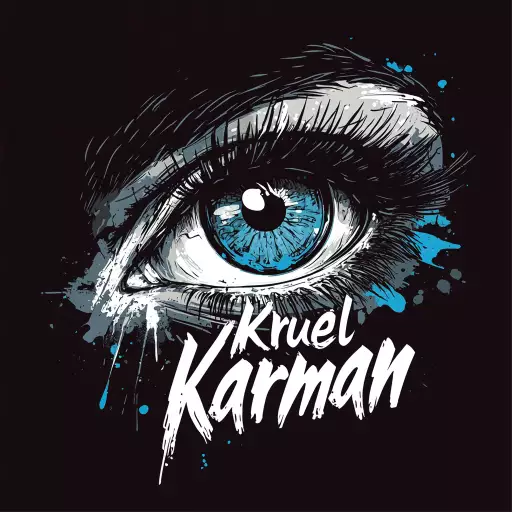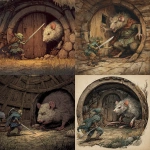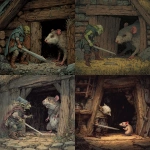Explore the Best AI Image Gallery

Beyond the Canvas: Wearable Tech as a New Frontier for Creative Expression
The realm of creativity has always been characterized by innovation, pushing boundaries and exploring uncharted territories. Today, wearable technology stands at the forefront of this evolution, offering artists, designers, and creators an entirely new canvas to express themselves. From interactive installations to personalized fashion, wearable tech is blurring the lines between physical and digital experiences, redefining what it means to create and consume art.
A Symphony of Senses: Exploring Applications in Art and Design
Wearable technologys potential in the creative industry is vast and multifaceted. Artists are utilizing smart textiles to weave interactive narratives into their garments, responding to movement and sound with embedded LEDs or sensors. Fashion designers are incorporating haptic feedback into clothing, allowing wearers to feel textures and patterns, transforming fashion into a multi-sensory experience.
In the realm of performance art, wearable devices enable artists to translate emotions, movements, and even thoughts into real-time visual displays. Imagine dancers whose costumes react to their choreography, or musicians who use wearable sensors to manipulate sound frequencies, creating a mesmerizing fusion of technology and human expression.
Interactive Installations: Immersive Experiences in the Real World
Beyond individual creations, wearable tech is transforming how we experience art collectively. Imagine walking through an exhibition where your every movement triggers interactive light projections, or participating in a performance where your own heartbeat influences the soundtrack. These immersive installations blur the lines between observer and participant, inviting audiences to engage with art on a deeper, more personal level.
The Ethical Dimensions: Navigating New Territory
As with any powerful technology, wearable tech in the creative industry raises ethical considerations that require careful attention. Data privacy is paramount – how is user data collected and used? Who owns the rights to creations generated through wearables? Transparency and user control are essential to ensure responsible development and deployment.
Furthermore, the potential for bias in algorithms used in wearable-powered art needs to be addressed. Its crucial to promote diversity and inclusion in both the creation and consumption of this technology to avoid reinforcing existing inequalities.
The Future Canvas: Trends Shaping Creative Expression
The landscape of wearable tech is constantly evolving, with exciting trends shaping the future of creative expression:
- Augmented Reality (AR) Integration: Imagine wearing glasses that overlay digital elements onto the real world, transforming everyday environments into interactive art installations or allowing designers to visualize their creations in 3D.
- Brain-Computer Interfaces (BCIs): While still in early stages, BCIs hold immense potential for unlocking new forms of creative expression. Imagine translating thoughts directly into music, paintings, or even dance choreography.
- Personalized Creativity: Wearable tech will empower individuals to become their own creators, with tools and platforms that make it easier than ever to design, build, and share their artistic visions.
As we venture deeper into this era of interconnected technology, wearable tech is poised to revolutionize the creative industry. By embracing its potential while addressing ethical challenges, we can unlock a future where creativity knows no bounds and everyone has the opportunity to express themselves in unprecedented ways.

](https://images.ai-img.art/thumbnails/150/044fc9eedbdb9d318f0629e07715eec9b1c625e5c02dc945eaccff4006f29acf.webp)




](https://images.ai-img.art/thumbnails/150/b90afcf8d507bda66d9d311a85cdbfdd6d7ab85df6b17276d1f2b0ed62b0c944.webp)







](https://images.ai-img.art/thumbnails/150/a5a9eb66497a0f834501e944253e4216ec5c8e794eca410d38da1696a864f081.webp)












